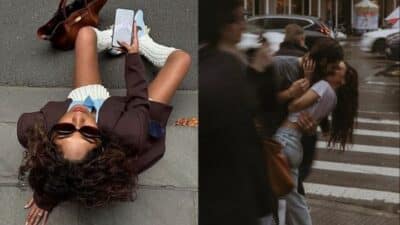Photography feels most rewarding when you move beyond routine snapshots and start experimenting with new ways to capture the world. Creative photo ideas help you see everyday scenes differently and turn simple moments into striking images. By trying fresh techniques, you not only sharpen your skills but also discover new ways to express your perspective.
You don’t need expensive gear or exotic locations to get started. With a few simple adjustments—like playing with light, angles, or props—you can transform ordinary spaces into opportunities for unique shots. Whether indoors or outdoors, small changes in approach often make the biggest difference.
Exploring creative approaches also helps you develop a style that feels personal and authentic. By mixing technical skills with experimentation, you can create photos that stand out while still reflecting your own vision.
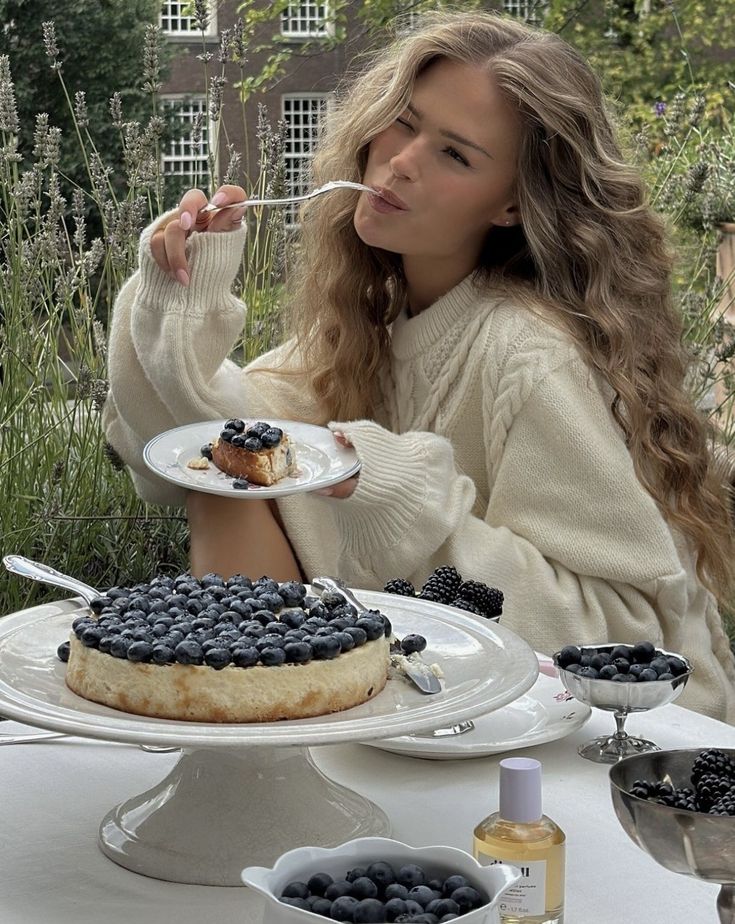
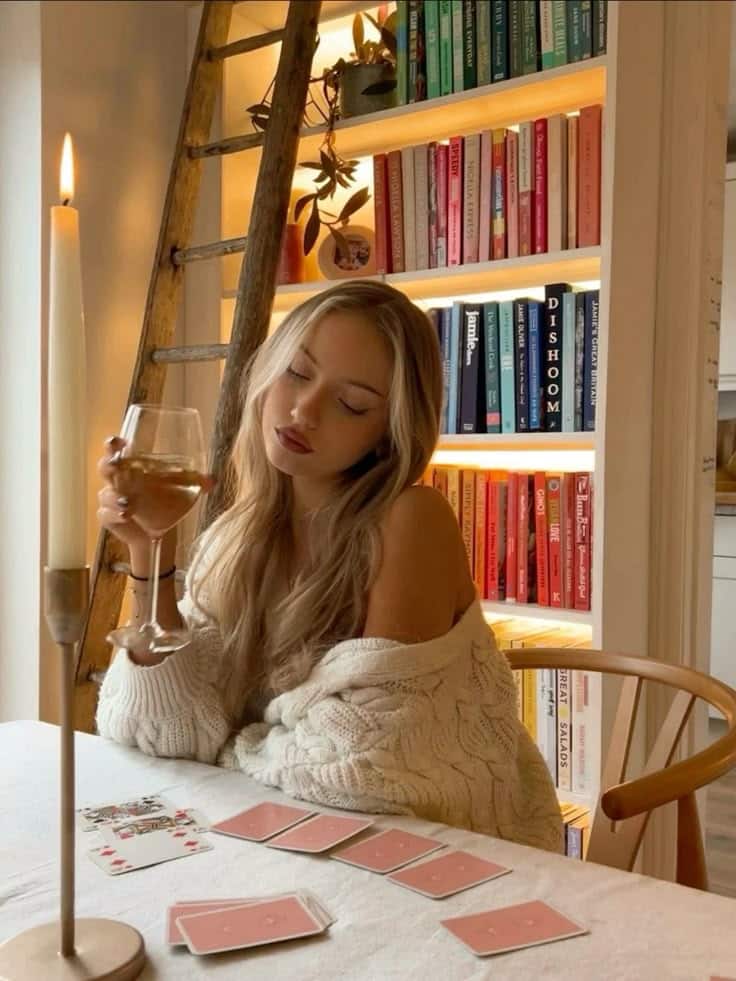
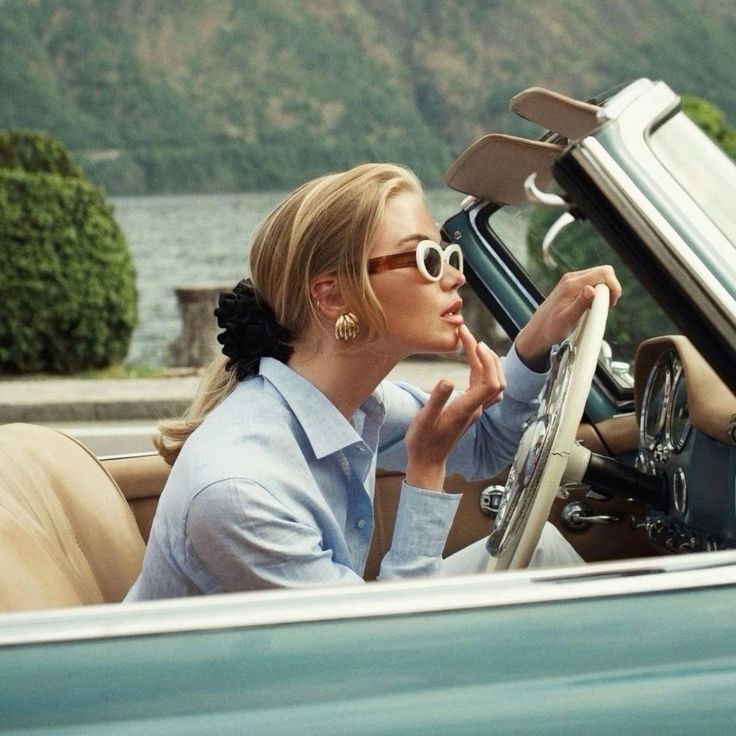
Key Takeaways
- Learn practical ways to capture photos with more creativity
- Explore ideas for both indoor and outdoor photography
- Build a personal style through experimentation and practice
Essential Techniques for Creative Photography
Creative photography often comes down to how you approach ideas, how you use light, and how you experiment with methods that push your images beyond the ordinary. By focusing on concept, lighting, and layering, you create photos that stand out in both style and impact.
Understanding Creative Photography Ideas
When you want to spark creativity, start by exploring different concepts rather than relying only on technical skills. Think about themes such as minimalism, symmetry, or abstract shapes. These approaches help you see everyday subjects with fresh perspective.
You can also experiment with angles and framing. Shooting from above, below, or through objects like glass or fabric changes the mood instantly. A simple subject can look entirely new when you shift your viewpoint.
Keep a small list of prompts to guide your practice. For example:
- Capture reflections in water or mirrors
- Focus on shadows as the main subject
- Use repetition and patterns in architecture
By intentionally choosing creative photography ideas, you train yourself to notice details that others might overlook. This habit builds a stronger sense of visual storytelling in your work.
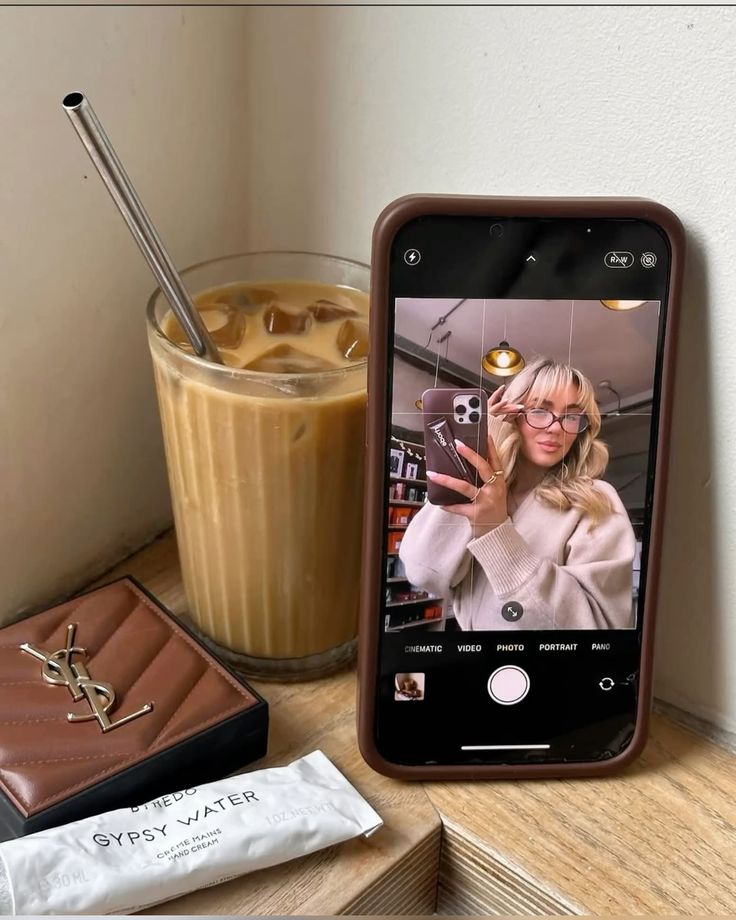
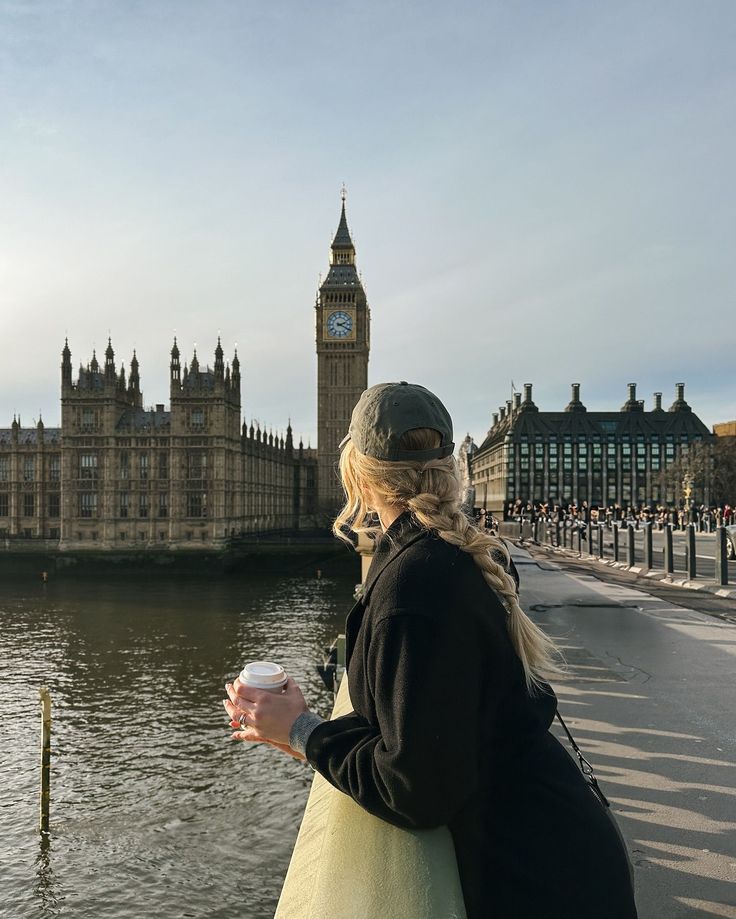
Mastering Photography Lighting
Light shapes the mood of your images more than any other element. You should learn how to control both natural and artificial light to highlight your subject effectively. Morning and late afternoon light often give you softer tones, while midday sun creates stronger contrasts.
Experiment with side lighting to reveal texture or backlighting to create silhouettes. Each choice changes how your viewer interprets the photo. Even a simple desk lamp can provide dramatic results if you position it carefully.
It helps to keep a mental checklist:
- Direction: front, side, back, or overhead
- Quality: soft vs. harsh light
- Color: warm or cool tones depending on the source
By practicing these variations, you gain more control over mood and depth. Lighting becomes less about chance and more about deliberate design.
Exploring Double Exposure Methods
Double exposure combines two images into one, allowing you to create layered effects that feel artistic and thoughtful. You can achieve this in-camera if your camera supports multiple exposures, or you can blend images later using editing software.
Start with a strong base image, such as a portrait or silhouette. Then overlay a secondary image like trees, cityscapes, or textures. The key is choosing elements that complement rather than compete with each other.
A few practical tips include:
- Use high-contrast subjects for clarity
- Try black-and-white for a cleaner blend
- Align shapes so that features match naturally
This method works well when you want to combine emotion with environment. By experimenting with different pairings, you create unique results that showcase both technical skill and creative vision.


Inspiring Indoor Photo Ideas
You can create striking images indoors with simple setups, careful use of light, and a bit of creativity. Everyday objects, textures, and backgrounds become useful tools when you know how to work with them.
Tabletop Photography Projects
Tabletop photography lets you control every element of your scene. You can experiment with food, small objects, or even plants to practice composition and lighting. A sturdy table, a tripod, and a window with natural light are often all you need.
Try arranging items in groups of three, as odd numbers tend to look more balanced. Use a white foam board to reflect light and reduce harsh shadows. If you want more contrast, place a dark board on one side instead.
Macro lenses or clip-on phone lenses help capture fine details like textures on fruit or patterns in leaves. Keep your background simple so the subject stands out. A plain cloth, sheet of paper, or wooden surface works well.
Here’s a quick setup checklist:
- Light source: Window or lamp
- Support: Tripod or stable surface
- Background: Neutral and uncluttered
- Props: Everyday objects, food, or plants
Abstract Photography at Home
Abstract photography focuses on shapes, patterns, and colors rather than clear subjects. You can use reflections, shadows, and textures around your home to make interesting images. A glass of water, wrinkled foil, or fabric folds can all create unique visuals.
Lighting plays a big role. Try shining a small lamp through colored plastic or glass to produce soft gradients. Move the light around until you find angles that highlight unexpected details.
Experiment with blur by intentionally moving your camera during a long exposure. You can also crop tightly to remove context and emphasize form. The goal is to make viewers notice details they might normally overlook.
Simple household items that work well:
- Glassware with water or colored liquid
- Metal surfaces for reflections
- Textured fabrics for patterns
DIY Backgrounds and Props
You don’t need expensive gear to create effective backgrounds. A sheet of craft paper, poster board, or even fabric can transform your tabletop photography. Neutral tones keep attention on the subject, while bold colors add energy.
Props add context and personality. For food photography, you might use utensils, napkins, or cutting boards. For product shots, try books, plants, or simple geometric shapes. Keep them minimal so they enhance rather than distract.
You can also make textured backdrops at home. Paint a piece of cardboard with layered strokes for a rustic look, or tape wrapping paper to a wall for a clean pattern. Rotate props and backgrounds often to keep your photos fresh.
A simple table comparing background options:
| Material | Effect | Best Use Case |
|---|---|---|
| White paper | Clean, minimal look | Product shots |
| Fabric cloth | Soft, textured feel | Food or still life |
| Painted board | Rustic, artistic | Creative styling |
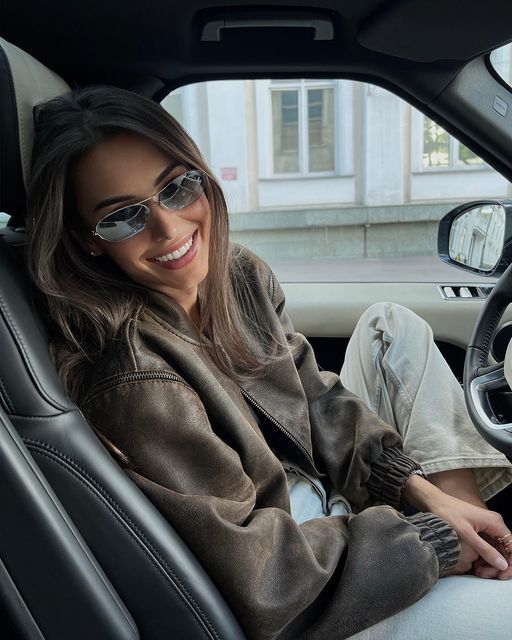

Outdoor and Nature-Inspired Photo Concepts
When you step outside with your camera, the environment gives you tools you can’t always find indoors. Light, movement, and seasonal changes each shape how your photos look and feel.
Creative Use of Natural Light
Natural light changes throughout the day, and using it well can give your photos more depth. Early mornings and late afternoons—often called golden hours—create warm tones and soft shadows that flatter both landscapes and portraits. Midday light is harsher, but you can use it to highlight strong contrasts or experiment with shadow play.
You can also use backlighting to capture silhouettes or rim lighting around your subject. Holding leaves, flowers, or even lace fabric between your subject and the sun creates patterned shadows that add texture.
A simple way to practice is by photographing the same subject at different times of day. Comparing results will help you understand how light direction and intensity affect mood and detail in your images.
Capturing Motion and Water Effects
Moving elements outdoors give you a chance to experiment with motion. Waterfalls, rivers, or even ocean waves let you practice both long and short exposures. A slower shutter speed creates a soft, flowing effect, while a faster shutter speed freezes individual droplets.
Adding motion doesn’t stop at water. You can photograph leaves blowing in the wind, tall grass swaying, or people in mid-action. Adjusting shutter speed and camera stability with a tripod can help you control how much blur you want.
If you want variety, try capturing reflections in puddles or lakes. Reflections can double the subject in your frame and create symmetry. Combining motion with reflection—like ripples across water—adds another layer of interest to your creative photography ideas.
Incorporating Seasonal Elements
Each season offers distinct colors and textures that can shape your outdoor shots. In spring, blossoms and fresh greenery give you soft, pastel tones. Summer provides bright skies, golden fields, and vibrant flowers.
Autumn is ideal for warm palettes, with fallen leaves adding natural props for portraits or flat lays. Winter gives you snow, frost, and muted tones that work well for minimalist compositions.
To make the most of each season, think about what stands out visually. You might photograph a subject framed by blooming trees in spring, or capture footprints in fresh snow. Using seasonal details helps your photos feel grounded in time and place.


Artistic Approaches and Experimental Techniques
You can expand your creative photography ideas by exploring methods that alter perception, introduce abstraction, and combine different art forms. These techniques give you practical ways to create images that move beyond traditional representation and encourage experimentation.
Playing with Reflections and Mirrors
Reflections let you transform ordinary scenes into layered and abstract photography. By using mirrors, windows, or even puddles, you can create symmetry, distort depth, or frame subjects in unexpected ways.
Try placing a handheld mirror near your lens to redirect part of the scene into the frame. This adds a second viewpoint without digital editing. Using reflective surfaces outdoors also helps you capture both subject and environment in one shot.
Consider experimenting with angled mirrors to fragment your composition. This technique works well for portraits, turning a single face into multiple perspectives. Reflections on textured surfaces, such as rippled water or frosted glass, can also produce painterly effects.
Lens Filters and Unconventional Perspectives
Lens filters and unusual angles change how light and color interact with your subject. A simple colored filter can shift the mood of a photograph, while a polarizing filter reduces glare and enhances contrast.
You can also try attaching objects like plastic wrap, mesh, or even glass shards in front of your lens. These create blur, distortion, or light streaks that add an experimental touch. Shooting through everyday items such as drinking glasses or prisms can produce kaleidoscope-like imagery.
Perspective matters as much as filters. Shooting from ground level, directly overhead, or at tilted angles gives your subject a fresh context. Combining these perspectives with filters can push your work into the realm of abstract photography.
Mixed Media and Collage Photography
Mixed media photography blends your images with other materials or techniques. You might print photos and layer them with paint, ink, or textured paper to create a tactile final piece.
Collage techniques allow you to cut, rearrange, and reassemble printed photographs into new compositions. This approach emphasizes creativity over realism, making it ideal for storytelling or conceptual projects.
Digital tools also make it easy to merge multiple photos into one frame. Layering images with different opacities or blending modes can produce surreal effects. Whether physical or digital, collage photography gives you the freedom to build compositions that feel more like visual art than documentation.
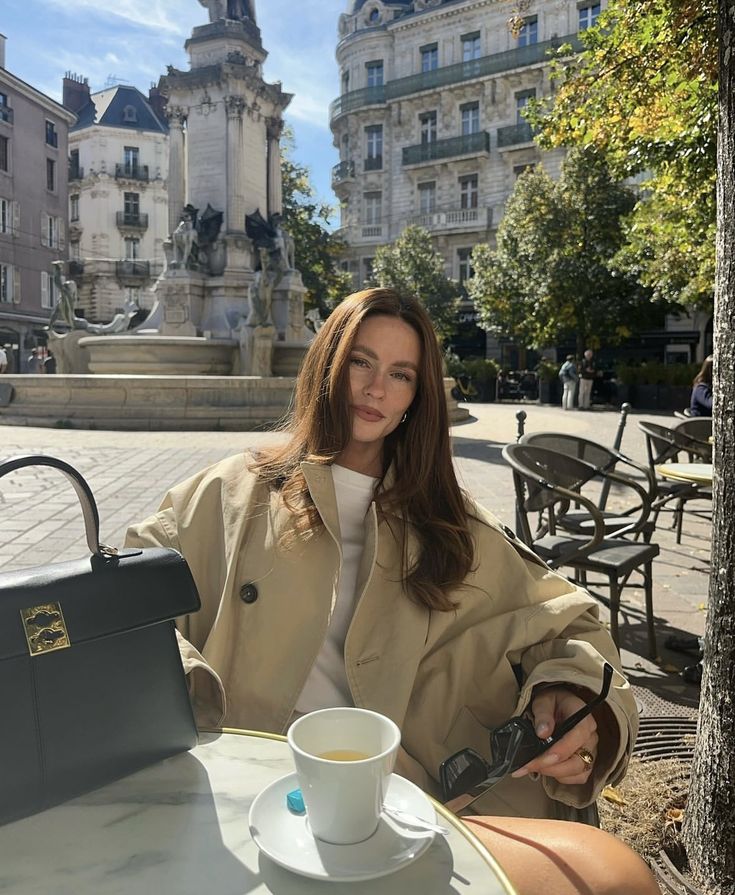
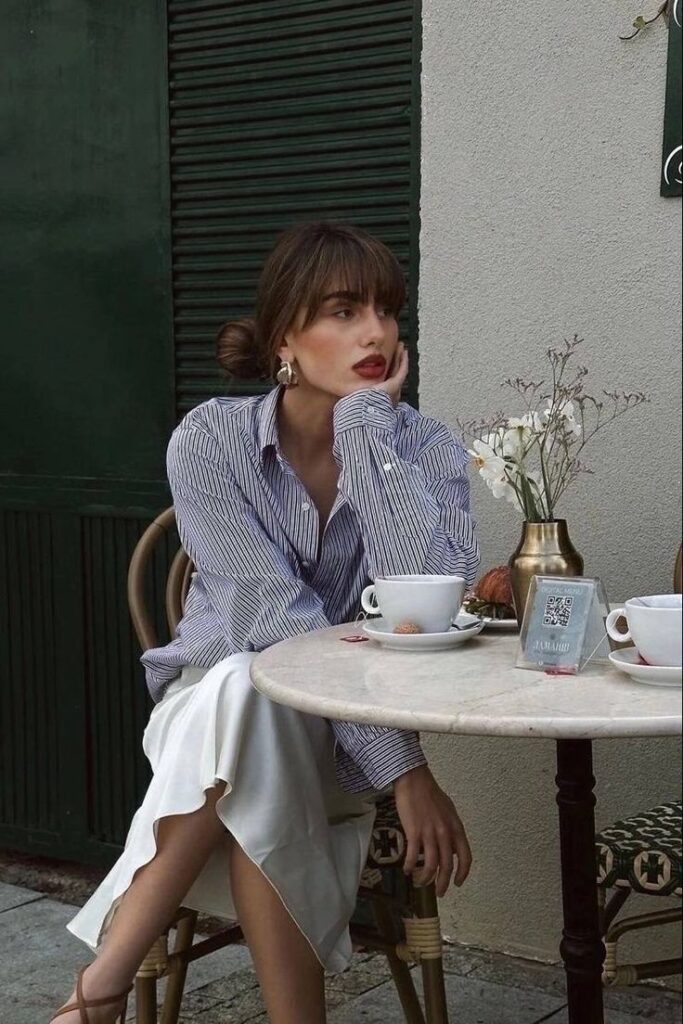

Tips for Developing Your Unique Photography Style
Your photography style grows through the images you create, the themes you choose, and the way you refine them in editing. By focusing on consistent practice, clear project ideas, and thoughtful post-processing, you can shape a body of work that feels personal and recognizable.
Building a Creative Portfolio
A portfolio is more than a collection of your best photos—it’s a reflection of your vision. Select images that show consistency in subject matter, color palette, or mood. This helps others quickly understand your style.
Organize your portfolio into categories such as portraits, landscapes, or street photography. This makes it easier to see patterns in your work and identify what feels most natural to you.
Don’t include every photo you like. Instead, curate carefully. Remove images that don’t align with your direction, even if they are technically good. Over time, this selective process strengthens your style and communicates your creative identity more clearly.
Conceptualizing Photo Projects
Working on projects with a defined concept helps you move beyond random shots. A project can be as simple as documenting daily life in your neighborhood or as focused as exploring reflections in water.
Start with a theme or question you want to explore. For example:
- How does light change a familiar place?
- What emotions can be expressed through shadows?
By sticking with a concept, you train yourself to notice details that support your idea. This builds consistency across a series of images and encourages you to think critically about composition, timing, and subject matter.
Treat each project as practice in storytelling. A sequence of related photos often communicates more than a single image, and it helps you refine your creative direction.
Post-Processing for Artistic Impact
Editing is a powerful tool for shaping your visual style. Small adjustments in contrast, color grading, and cropping can transform how your work is perceived.
Experiment with different editing techniques, but aim for consistency. For instance, using a muted color palette across multiple images creates a recognizable look. Similarly, a preference for high contrast or soft tones can set your work apart.
Keep a record of your editing choices. Saving presets or noting adjustments helps you repeat techniques that work well. Over time, your editing workflow becomes part of your creative identity, reinforcing the mood and message of your photography.
- 3shares
- Facebook0
- Pinterest0
- Twitter3
- Reddit0

